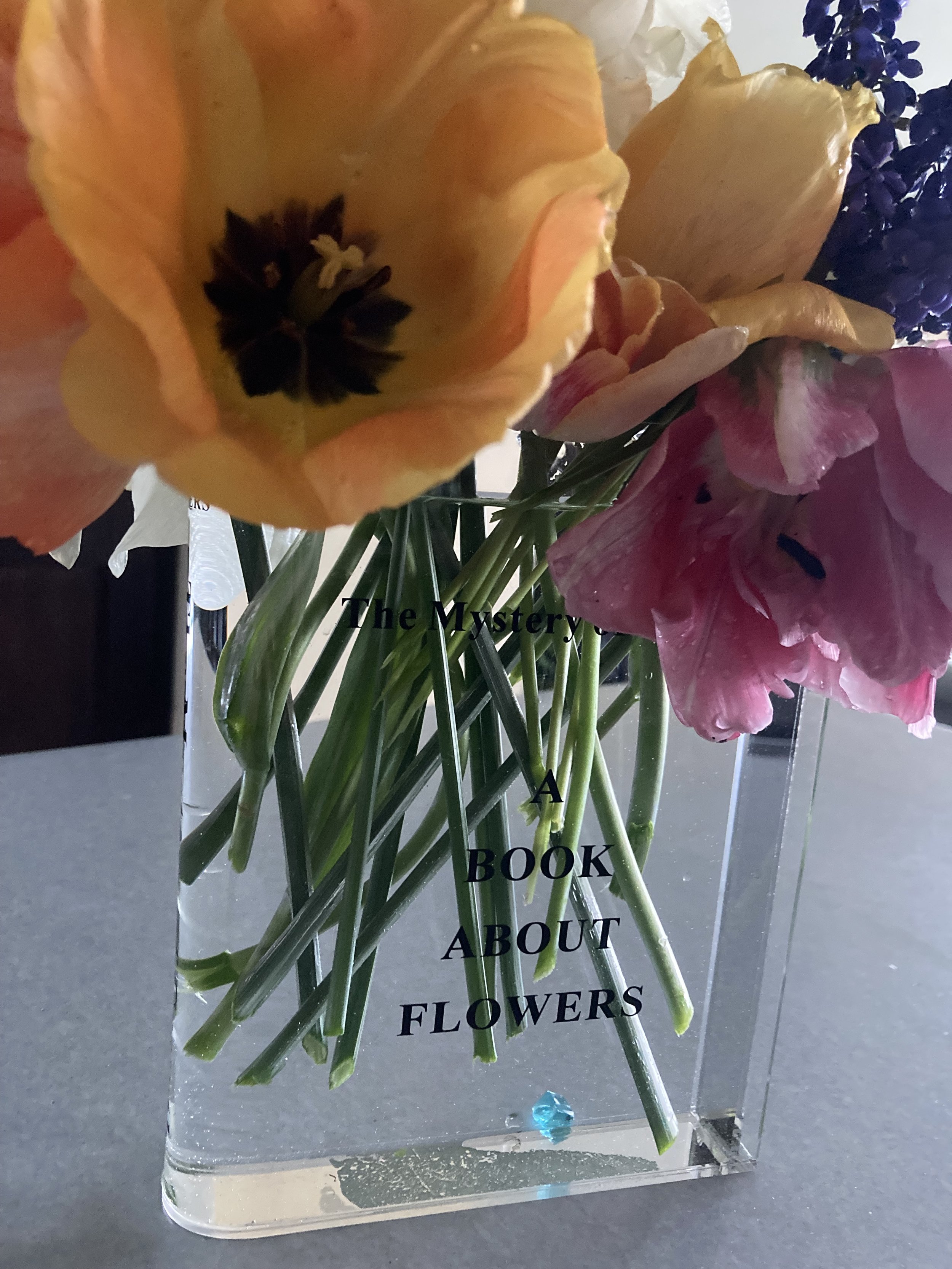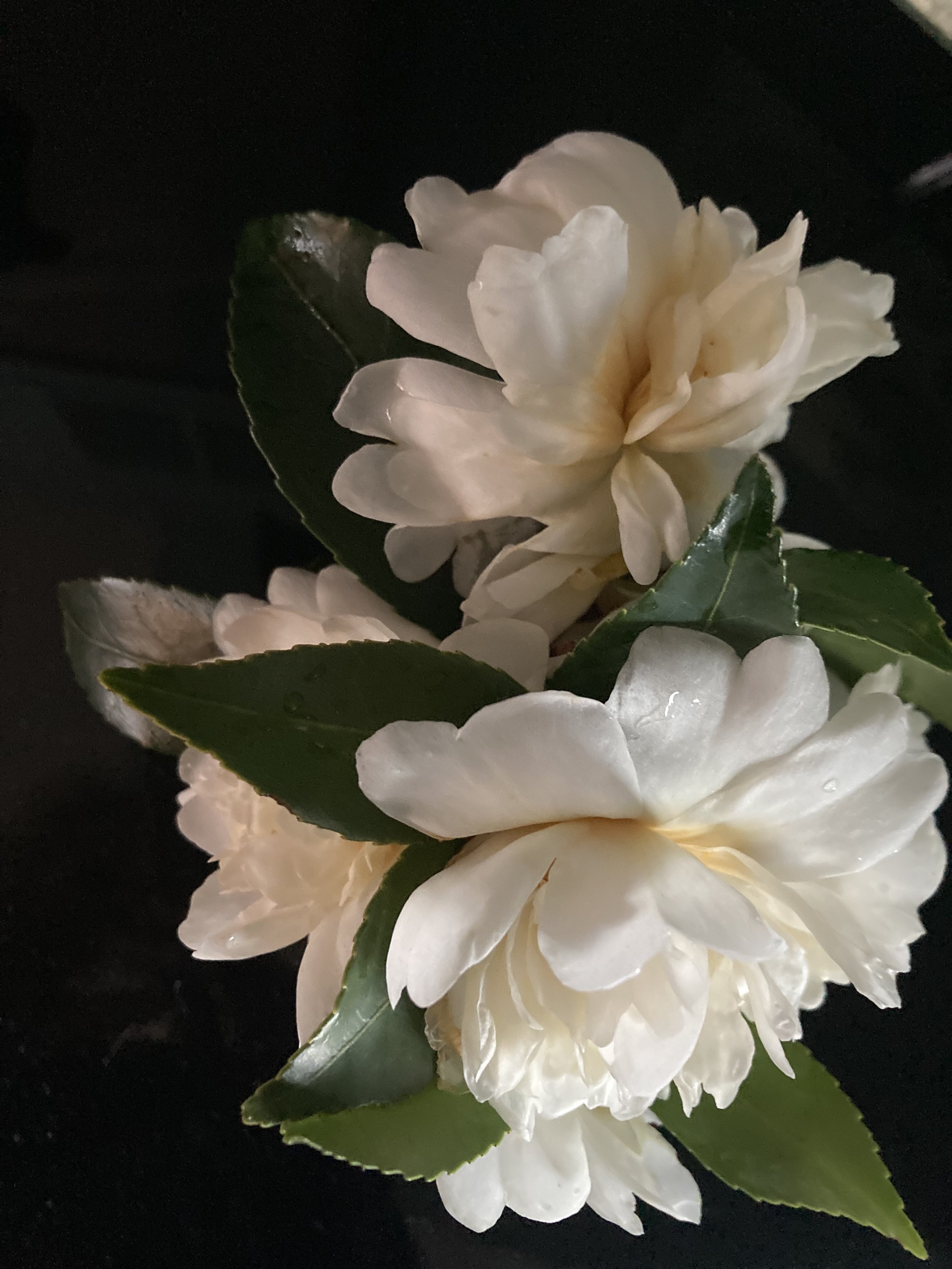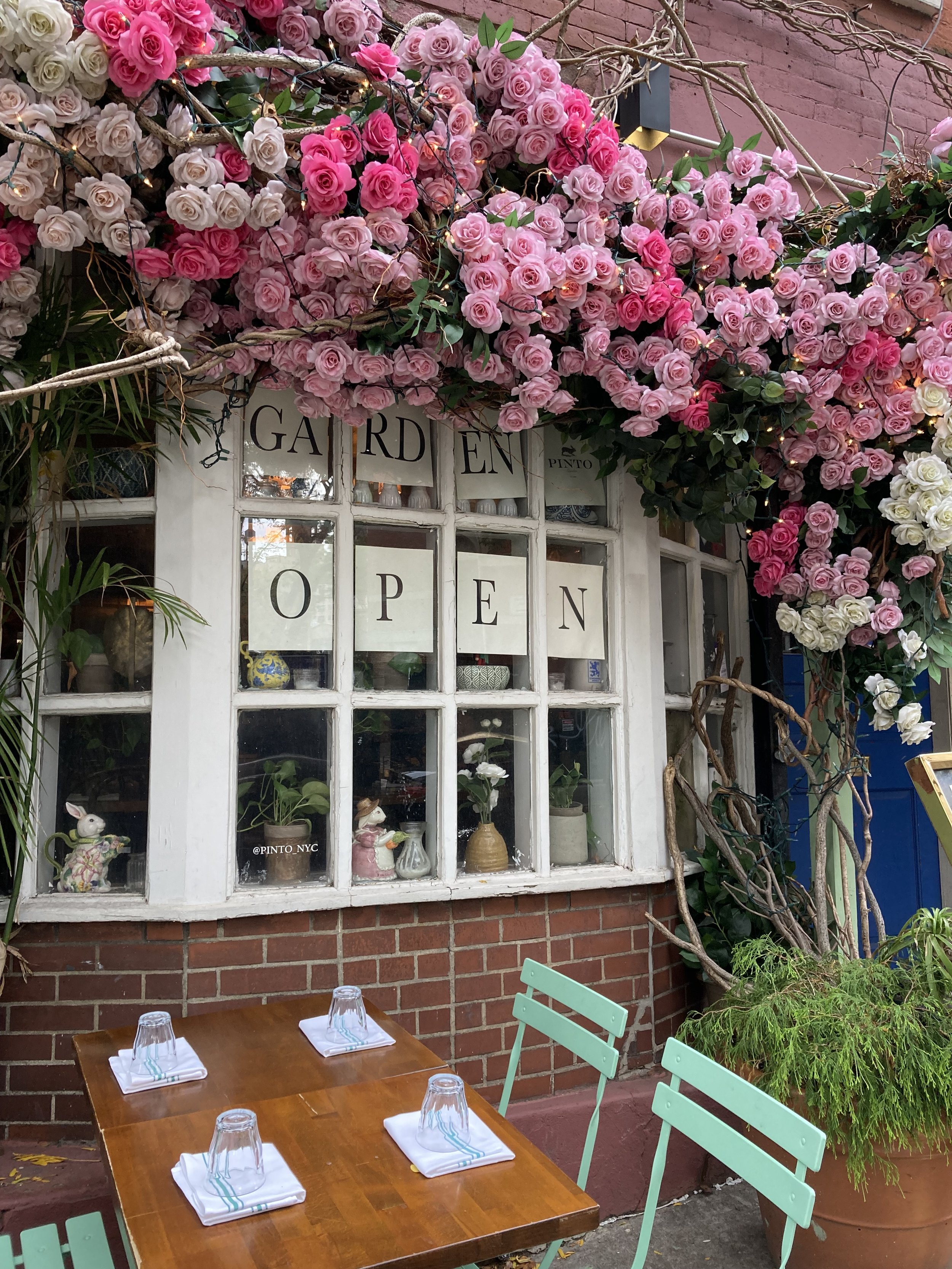Do You Know Your and Loved Ones’ Birth Month Flowers and Meanings? ~ Floriography and Demystifying The Language of Flowers
What better way to kick off the new year than to learn about the beauty and meaning of every month’s unique flowers. Long before “texting” flowers were a way to send secret messages. What does your birth flower symbolise and say about you and your family “tree?” Here is a guide to help you explore the language of flowers; the legends and folklore for every beautiful month from God’s flower, the Carnation to Jonquil's power of Hope.
It seems natural to me to start the floral festivities by celebrating January’s “official” flower: the Carnation. And it is my birthday month, after all!
I must admit, I didn’t always cotton to the carnation (or for that matter, to our birthday gem: the garnet).
I scornfully thought it was too common… Too banal.
But boy, was I wrong. Please forgive me, dear dianthus.
Carnations are sooo captivating.
Why, you ask? See here:
I read that the “Capricorn" is just like their birth flower, the carnation: they can be bold on the outside. But Capricorns also have a softer personality under their bright exterior.”
Very, very true.
The carnation flower, Dianthus caryophyllus or clove pink is a species of Dianthus that symbolizes Love, Captivation and Distinction.
Does that sound in any way banal?? No.
Carnations are uplifting and sweet.
The carnation represents Fascination, Distinction, and Love.
It also makes a lovely addition to any floral design because of its long-lasting freshness and fragrance that is a bit like, well, sweet cloves… ahhh.
I’m a sucker for flower legends and folklore and so can’t resist sharing this one about my January birthday flower.
According to a Christian legend, carnations grew from the Virgin Mary's tears as she watched Jesus carry the cross. This is how they became associated with a pure, eternal, motherly love.
Carnations are said to bring a mother good luck.
Or, how about this legendary flower lore:
The flower of God is Dianthus caryophyllus or Carnation . The name is a fusion of the Greek words "dios" and "anthos."
The Greek god Zeus is depicted by "dios," and "anthos" means flower.
That's why the Carnation is recognized as “God's Flower.”
But enough about me and my fabulous “rediscovered” flower 😉
Here is the list of Flowers for every month, along with their meanings:
January ~ Carnation & Snowdrop
Carnation: Fascination, Female love, Mother’s love
Red Carnation: Deep love
White Carnation: Innocence, pure love, sweet love, good luck
Pink Carnation: Remembrance, Gratitude, Thankfulness
Striped: Regret (Personally, I love these candy-cane beauties)
Yellow Carnation: Disappointment, Rejection ~ But I say, “JOY!”
February~ Violet & Primrose
Violets: Watchfulness, Modesty, Faithfulness
March ~ Daffodil & Jonquil
Daffodil: Unequaled Love
Jonquil: Hope, Rebirth, New Beginnings
April ~ Daisy & Sweet Pea
Daisy: Innocence, Purity, Loyalty, Simplicity~The Daisy represents the sun.
Sweet Pea: Loyalty, Friendship, Pleasure
May ~ Lily of the Valley & Hawthorn
Lily-of-the-Valley Sweetness, Tears of the Virgin Mary, Humility
Hawthorn: Happiness, Faith, Beauty, Hope
June ~ Rose & Honeysuckle
Red Rose: Love
Dark Crimson Rose: Mourning
Pink Rose: Happiness
White Rose: Innocence, Heavenly, Purity, Youthfulness
Yellow Rose: Friendship, Happiness ~ Joy (they used to mean infidelity!)
July ~ Larkspur & Water Lily
Larkspur: Open heart, Levity, Lightness, Fickleness (pink)
Water Lily: Purity, Enlightenment, Rebirth
August ~ Gladiolus & Poppy
Gladiolus: Flower of the Gladiators, Integrity, Strength, Victory
Poppy: Consolation, Peace, Sleep, Death
September ~ Aster & Morning Glory
Aster: Symbol of Love, Daintiness
Morning Glory: Affection, Serenity, Trust, Longing
October ~ Marigold & Cosmos
Marigold: Joy, Excitement, Good Luck, Grief, Jealousy, Creativity
Cosmos: Harmony, Peace, Tranquility
November ~ Chrysanthemum
I feel sorry for November babies because it’s the only month that the Farmer’s Almanac assigned only one flower to 🤔 so, I’m gifting November the Winter Blooming Camellias and the Dahlia! You’re welcome.
Red Chrysanthemum: Love
Yellow Chrysanthemum: Happiness, Joy, Celebration
White Chrysanthemum: Truth, Loyalty, Honesty, Innocence, Grief
Camellias: Eternal Love, Affection, Admiration
Dahlia: Gratefulness, Kindness, Elegance, Creativity, Positivity
December ~ Narcissus & Holly
Holly: Defense, Domestic Happiness
Narcissus: Rebirth, Reflection, Vanity, Forgiveness, Vitality
Floriography ~ The Language of Flowers: How Did Flowers Come to Symbolize Emotions & Secret Messages?
Following the protocol of Victorian-era etiquette, flowers were primarily used to deliver messages that couldn’t be spoken aloud. In a sort of silent dialogue, flowers could be used to answer “yes” or “no” questions. Even the way flowers were given had meaning.
A “yes” answer came in the form of flowers handed over with the right hand; if the left hand was used, the answer was “no.”
There is a language, little known,
Lovers claim it as their own.
Its symbols smile upon the land,
Wrought by nature’s wondrous hand;
And in their silent beauty speak,
Of life and joy, to those who seek
For Love Divine and sunny hours
In the language of the flowers.
–The Language of Flowers, London, 1875
How to Share and Wear the Flowers?
So now you know what bouquets to send to your March baby or your August love. You can pick the flowers from your garden to make a lovely birthday or hostess gift. Or order them from your favorite flower shop, and even the grocery store.
Speaking of stores, now you can relish in floral wreaths wrapped around a shop, or restaurant’s doors. I first noticed this during the pandemic in Gotham.
Of course, you can offer a perfume luxury that embodies top notes of the birth flower.
Why not make a true Victorian fashion accessory ~ the Tussy Mussy?
The Tussy Mussy, or Nosegay, was a hand-held small bouquet that was wrapped in a cone-shaped container. They were originally carried to ward off the bad smells of the street or other people. (Remember, bathing was its own kind of luxury!)
Likewise, Boutonnieres and Corsages were originally used to surround the wearer with a pleasant smell as well as ward off evil spirits or identify one’s team. Men wore red or white boutonnieres on Mother’s Day to indicate if their Mother was alive or not. Corsages were used by French women at weddings or funerals: “bouquet de corsage.”
Both became symbols of weddings and proms, customs that are still in use today.
I love giving my Mother a special wrist corsage for Mother’s Day and her Birthday.
I wear them at weddings and other special occasions. If you’re planning a wedding, you can gift them to special guests to wear.
And whether you call it a floral Head Wreath, a Laurel, an Avionic, a Vinok, a Flower Crown, a Chaplet, a Coronal, it’s been a symbol of triumph since ancient Rome, who adopted the custom from the Greeks. It was also a way to honor the gods, and as heroes of the Olympics.
The world over uses Chaplets to represent fertility, love, celebration.
Frida Kahlo used her flower coronal to represent rebellion and female empowerment.
Polish ladies and girls wear them for “Dyngus Day” to symbolize purity and rebirth for all the single ladies who wear a flower crown.
In the same way, the lavish Ukrainian Vinok is worn for love, fertility, national pride and hope for the future.
Queen Victoria wore a crown of orange blossoms when she married Prince Albert.
Asian cultures too, have traditions of wearing floral crowns for weddings.
I’m a true “Flower Child,” and not surprisingly have several charming floral crowns made of both faux flowers and even a bejeweled one or two that I love to accessorize with for special occasions!
What’s not to love about wearing flowers? And knowing what the flowers can telegraph or say adds to the joy.
Gifting or Wearing your birth month ~ or the flower that sends your “secret message” ~ is truly Garden Glamour.
🌸🌹🪻🌻






































